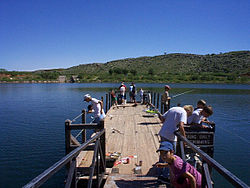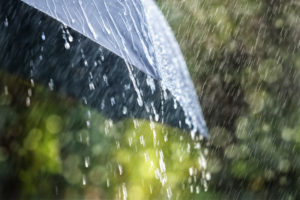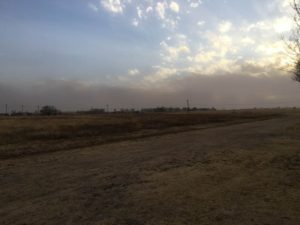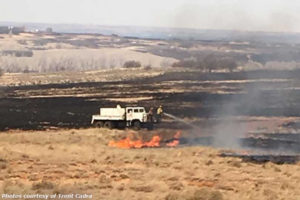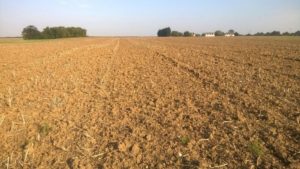AMARILLO, Texas — I do enjoy the spring season each year. It is especially glorious on the High Plains of Texas, which can be subject to winter brutality. Barren trees, biting cold wind, snow that traps even the sturdiest of motor vehicles.
Then again, there’s the fall on the High Plains, which isn’t bad, either. We came back to Amarillo for a weekend, took a stroll around Medi Park Lake with our precious Toby the Puppy. The sun was bright. The leaves are turning colors.
And the lake is full!
Indeed, the lake we saw today is as healthy — if not healthier — than any time I’ve laid eyes on it. It’s been quite a few times, given that we lived in Amarillo for 23 years. I have seen Medi Park Lake dwindle to near-puddle status. Today? It’s brimming. The Canada geese are finding their way back during their winter migration; indeed, I wonder at times which of the geese we see at this time of the year in Amarillo are returning fowl. Hey, my mind wanders on occasion.
Water is rushing along culverts into the lake and then flowing beyond it, under Ninth Avenue and to points north.
It does amaze me how cyclical certain matters can become. You cannot predict it will happen. It just does.
Not that many years ago, Amarillo residents — along with city utilities officials — were wringing their hands as the city struggled through a punishing drought. Lake Meredith, about 50 miles north in Hutchinson County, had dropped to dangerously low levels, about 26 feet; the lake’s historic high was slightly more than 100 feet, dating back to the early 1970s. Amarillo relies on water from Lake Meredith, but then it couldn’t rely on the reservoir to quench the city’s thirst.
Wells got dug. The city pumped water out of the Ogallala Aquifer. The municipal water authority stopped pumping water out of Lake Meredith because the pipes were no longer underwater!
That’s changed. Lake Meredith has rebounded. Its level is something north of 72 feet. Ute Lake authorities upriver in New Mexico released water into the Canadian River, providing flow into Lake Meredith.
On this day, we enjoyed a brisk autumn morning walk around Medi Park Lake. The very sight of a healthy body of water is enough to make me almost consider autumn to be my favorite time of the year.
I still love springtime the best, as we come out of that dark, barren winter. In the Panhandle, it can get damn cold. You know?
https://highplainsblogger.com/2009/12/words-of-wisdom/

